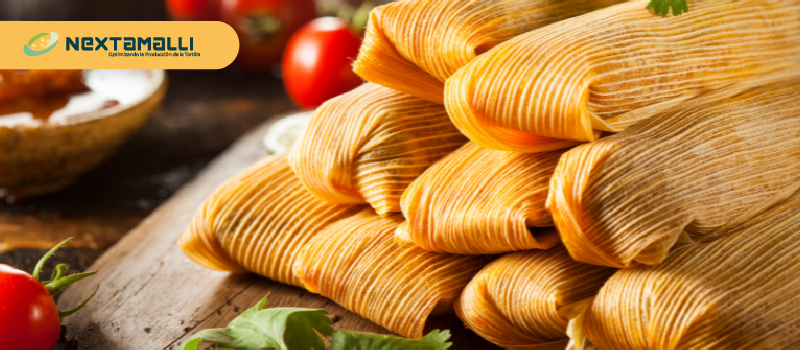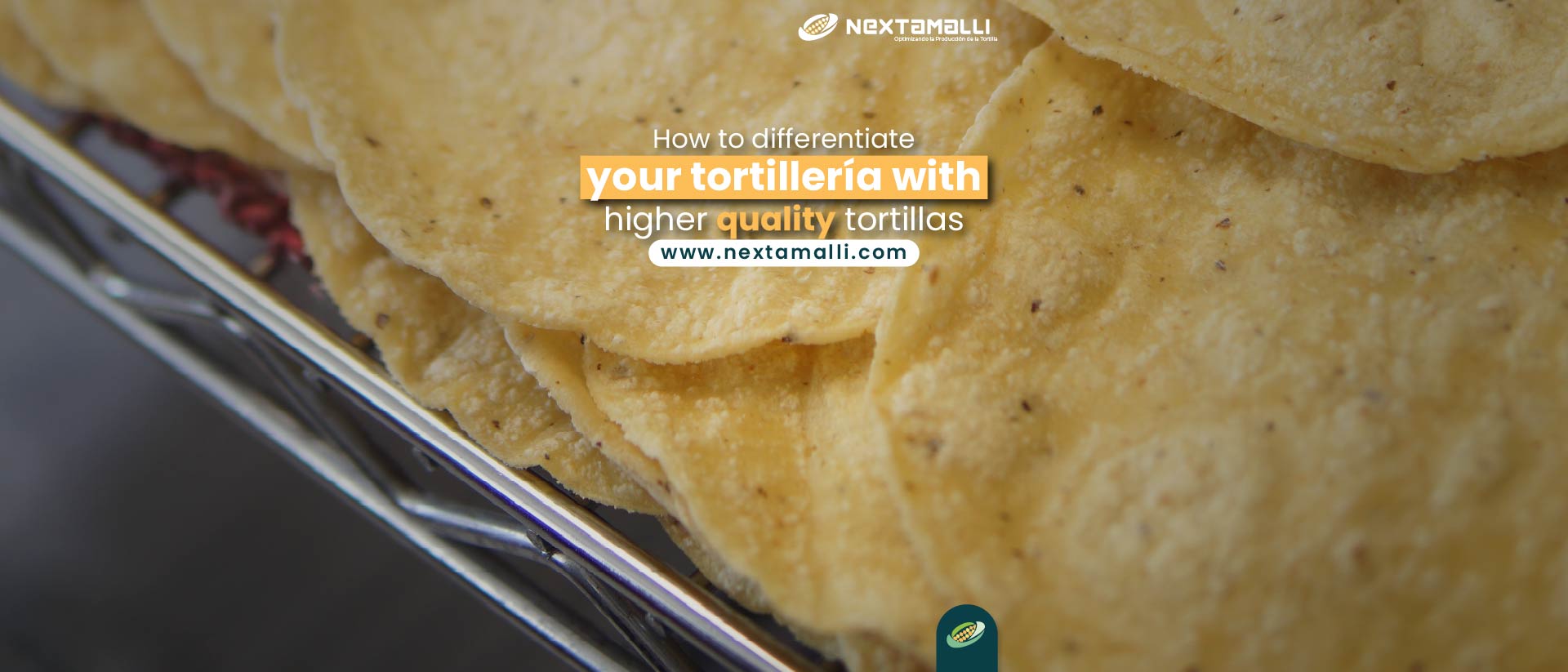Tamales are one of the most popular and traditional dishes in Mexico. This versatile and delicious food is made with masa (corn dough) that is filled with a variety of ingredients, such as meat, cheese, chilies, vegetables, and fruits. Then it is wrapped in a corn husk and steamed until it’s cooked.
Tamales have a long history in Mexico, dating back to pre-Columbian times. It is said that the Aztecs used to eat tamales as a portable food during long journeys or as a way to offer sustenance to the gods. Today, tamales are an essential part of Mexican cuisine, with different regions having their own unique twist on this dish.
In Mexico, tamales are commonly eaten for breakfast or as a midday snack. They are often served with atole, a hot drink made from masa, water, and sweeteners such as cinnamon and vanilla. Tamales are also a staple food during Mexican celebrations and holidays such as Dia de los Muertos, Christmas, and La Candelaria.
The preparation of tamales is a laborious and time-consuming process, often involving multiple family members or a group of friends. The filling is made separately, and then the masa is prepared by grinding corn kernels and mixing them with water and sometimes lard. The corn husks are cleaned and soaked in water, and then the masa and filling are spooned onto the husks. The husks are then folded and tied together before being placed in a steamer.
One of the most popular types of tamales in Mexico is the “tamal de elote,” which is made with fresh sweet corn. Another popular variation is the “tamal oaxaqueño,” which is filled with chicken or pork and a sauce made from chilies and chocolate. In some regions, tamales are made with black beans or shrimp, and they can also be sweetened with ingredients such as raisins, pineapple, and cinnamon.
Tamales are not only a delicious and traditional food, but they also hold a special place in Mexican culture and identity. The process of making tamales has been passed down through generations, and it is a way to connect with Mexican heritage and tradition.
In conclusion, tamales are an essential part of Mexican cuisine and culture. This delicious and versatile food has a rich history and is enjoyed by people of all ages and backgrounds. Whether eaten for breakfast, as a snack, or during celebrations, tamales are sure to satisfy any appetite and leave a lasting impression.
References:
- López-Alt, J. K. (2018). The Food Lab: Better Home Cooking Through Science. W. W. Norton & Company.
- Pilcher, J. M. (2012). Planet Taco: A Global History of Mexican Food. Oxford University Press.
- Ramos, D. (2015). Authentic Mexican: Regional Cooking from the Heart of Mexico. W. W. Norton & Company.





